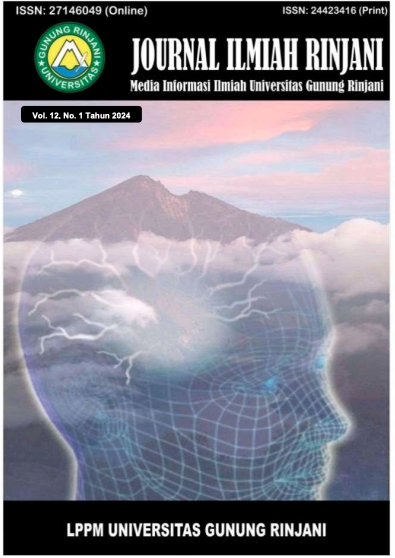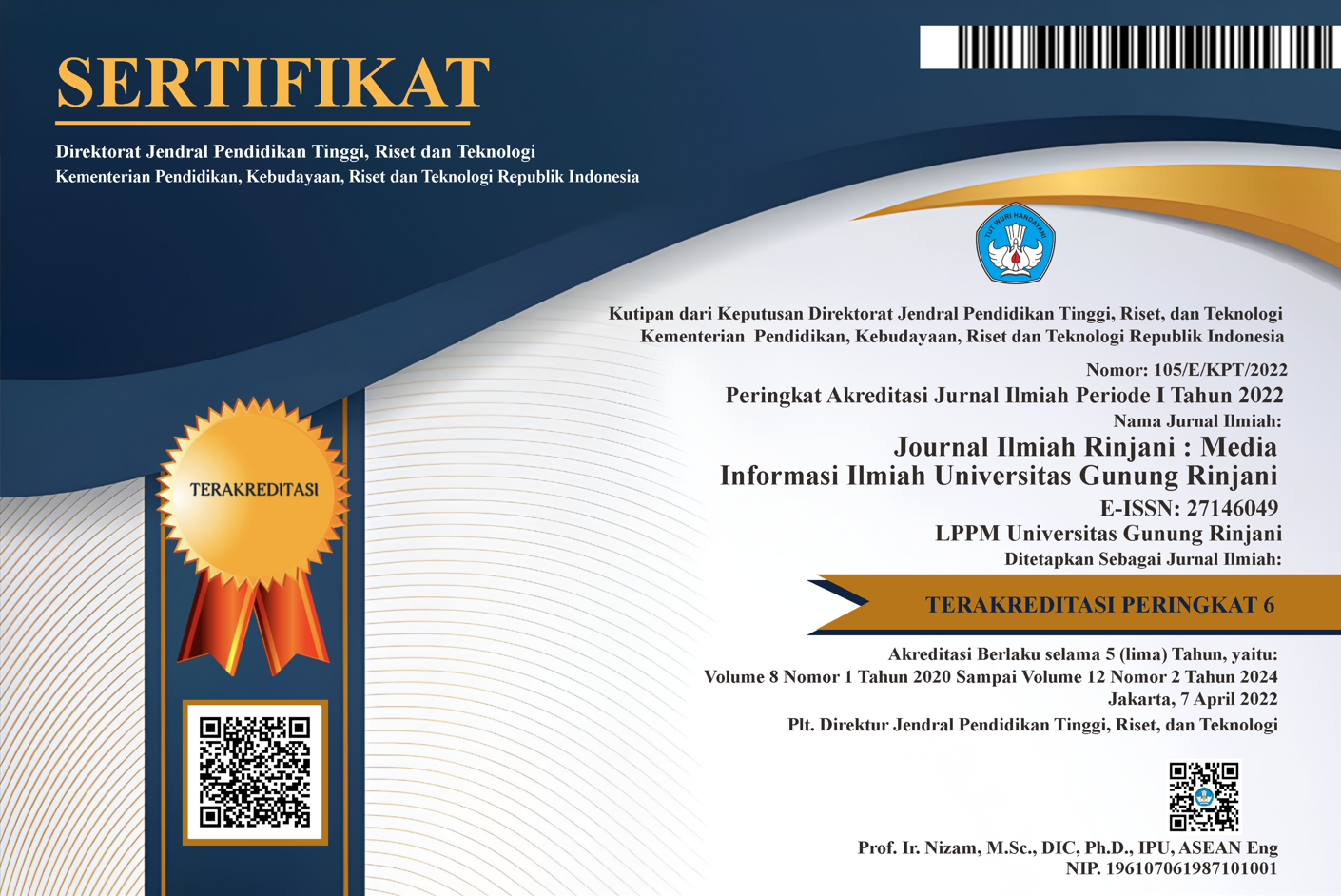An insight On The Contemporary Islamic Art Of Brunei From 1984 To 2019
Keywords:
Brunei Darussalam, contemporary Islamic art, formalism, muslim artist, visual artAbstract
As one of the Muslim-majority countries in Southeast Asia, Brunei Darussalam is not new when it comes to the production of contemporary Islamic artworks, with its local artists regularly showcasing their work in both local and international art exhibitions. However, it is notable that comprehensive academic investigations focusing on the field of Islamic art in Brunei remain noticeably absent. As a result, this study aims to address this gap by examining contemporary Islamic art in Brunei from 1984 to 2019, produced by its local Muslim artists. Employing a formal analysis approach, this study focuses on three primary aspects of the artworks to obtain an insight into the trends of the production: (1) date of production, (2) art media, and (3) artistic styles. A total of 384 visual artworks including drawings, paintings, sculptures, mixed media and installations were analysed. The year 1984 is selected as this study’s starting point due to its historical significance in Brunei’s trajectory, coinciding with its Independence Day. Since then, the country has experienced notable developments in its governance, economic stability, administrative reforms, religious institutions, educational enhancements, and, consequently, its art practices.
Downloads
References
Aminah, S. M. (1995). ‘Islamization of the Visual Arts.’ In Towards Islamization of Disciplines (2nd ed.). International Islamic Publishing House and the International Institute of Islamic Thought. Virginia: USA. Series No.6. pp. 483 – 493.
Anderson, B. R. O. G. (1991). Imagined communities: Reflections on the origin and spread of nationalism. London: Verso.
Arus, B. (2013). Modern Artists of Brunei Darussalam. Brunei Darussalam: Ezy Printing Services & Trading Co. Sdn. Bhd. ISBN 978-99917-54-91-8.
Bloom J. and Blair S. (1997). Islamic Arts (Art and Ideas). London: Phaidon Press.
Choudhrey, S. and Bobrowicz, A. (2016). Shifting Boundaries: How to Make Sense of Islamic Art. The International Journal of Arts Theory and History, 11(1), pp.1–13.
Daud, S. A. B. W. M., Zain D. H. B. M., Amin W. R. (2014). A Preliminary Study on Axiology in the Malaysian Islamic Visual Art. Global Journal of Human-Social Science Research, 14 (2), Version I, 2014.
Getlein, M. (2010). Living with art (ninth edition). Boston, Mass: McGraw Hill.
Grabar, O. (1973). The Formation of Islamic Art. New Haven: Yale University Press.
Khawaja, S. (2011). Islamic art and its spiritual message. International Journal of Humanities and Social Sciences. Vol. 1 No. 2: February 2011, pp: 227 – 234.
Lopes, R. O., Lamoni, G., Alves M. G. (Eds.) (2015). Global Trends in Modern and Contemporary ‘Islamic’ Art. Lisbon: CIEBA/FBAUL (Artistic Studies Research Centre / Faculty of Fine Arts, University of Lisbon), Global Art Monograph Series. ISBN: 978-989-8771-28-5.
Michon, J. (1985). The Message of Islamic Art. Studies in Comparative Religion, Vol. 17, No. 1 & 2 (Winter-Spring, 1985), World Wisdom, Inc.
Nasr, S. H. 1987. Islamic Art and Spirituality. USA: State University of New York Press.
Perlembagaan Negeri Brunei, 1959. Brunei Darussalam: Jabatan Perchetakan Kerajaan.
Sabri, Muhammad & Mokhtar, Mumtaz & Mahamood, Muliyadi. (2019). ‘Contemporary Islamic Art in Malaysia: New Trends and Approaches Since 2000’. In Contemporary Management and Science Issues in the Halal Industry, (pp. 345-354). DOI: 10.1007/978-981-13-2677-6_29.
Rewald, J. (1973). The History of Impressionism. London: Secker & Warburg. Available online at: https://archive.org/details/historyofimpress0000rewa_v6a3/page/n681/mode/2up
Shalem, A. (2012). What do we mean when we say Islamic Art? Journal of Art Historiography No. 6: June 2012.












